Monet is a full-time student at San Francisco State with a double major. She’s got dreams of starting a nonprofit to help inner city youth overcome their challenges as she once did.
From the time she was 13, Monet took care of her two younger brothers as her divorced parents struggled to put food on the table. She attributes those responsibilities to her motivation to succeed today.
“We all need to survive,” says Monet. “But we can’t just set up camp in our struggle. We have to strive to do better.”
 Right now, Monet juggles a full class load with a full-time job to put herself through school. But with the skyrocketing cost of housing, she has trouble making ends meet.
Right now, Monet juggles a full class load with a full-time job to put herself through school. But with the skyrocketing cost of housing, she has trouble making ends meet.
“Sometimes I thin out my food and eat just rice to pay for basic necessities,” she says. “And I don’t have any money to put in my savings for emergencies.”
Enter the CalFresh Outreach Team, which recently helped Monet secure CalFresh (food stamps) as well as connect her to our pantry at SF State. In addition to food distribution, the Food Bank also works to ensure that people are able to take full advantage of the federal food assistance programs available to them. With CalFresh, Monet can buy food at her regular grocery store and supplement what she gets there with fresh produce and staples from the pantry located on her campus.
“Hunger should never stand in the way of a student’s education,” said Francesca Costa, CalFresh Outreach Program Manager. “By helping Monet and other students focus on their studies instead of where their next meal is coming from, we are investing in their success in school and in life.”
Monet said that the Food Bank helped lift a weight off her shoulders. Wise beyond her years, Monet views her situation as an opportunity: “It’s challenging to survive on my own. But it brings growth.
“Taking care of myself financially, mentally, being on top of school, and being on time for work is a lot. But receiving food has helped, so I don’t have to worry about where I’m going to get grocery money. I’m so grateful for the Food Bank.”
Click here to learn more about CalFresh and how you can sign up for benefits.
Click here to read about our College Pantries.
Take Action
Right now, the Supplemental Nutritional Assistance Program (SNAP – called CalFresh in California) is at risk of federal budget cuts. Will you take just a minute to add your name to our letter to our California legislators, urging them to protect and defend funding for SNAP? Click here to add your name.
Over 60,000 people in San Francisco and Marin Counties rely on the to buy food for themselves and their families each and every week. Without the SNAP program, low-income neighbors, who are already struggling to make ends meet, would go hungry.


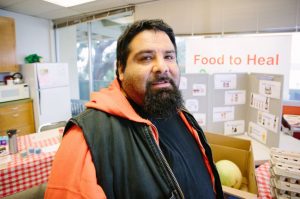
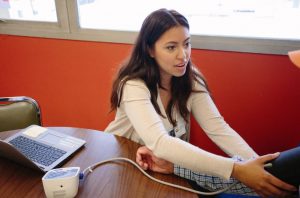
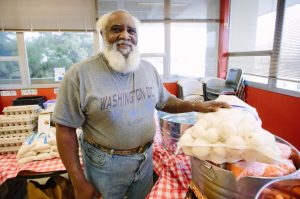
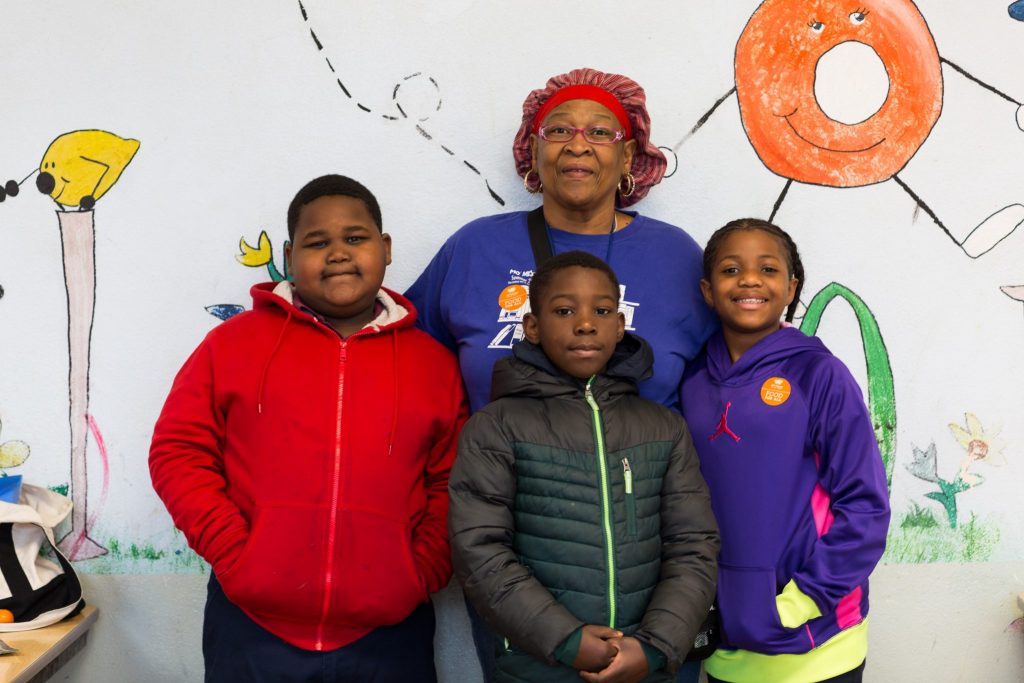
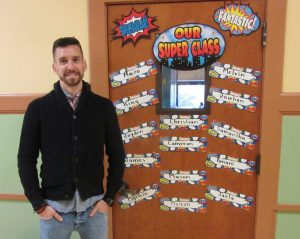
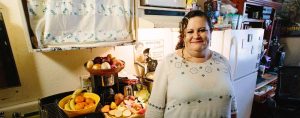
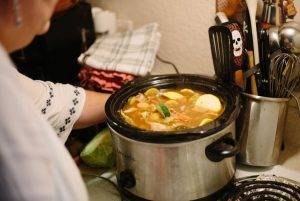
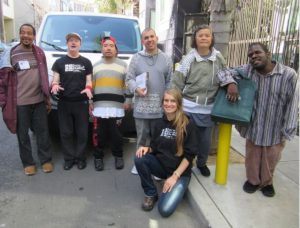
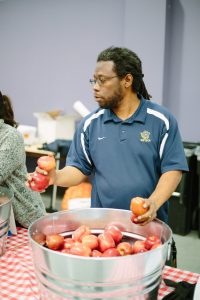

Share